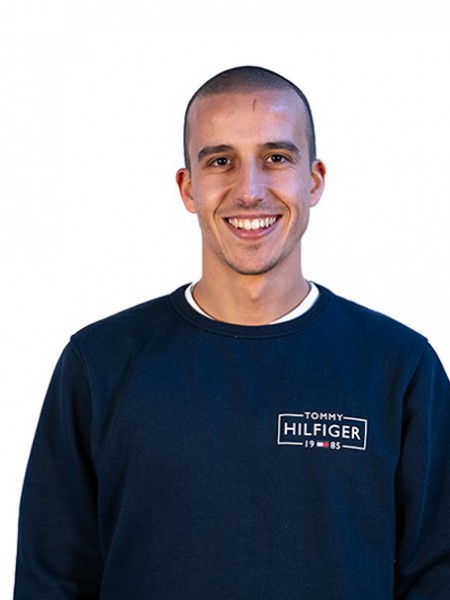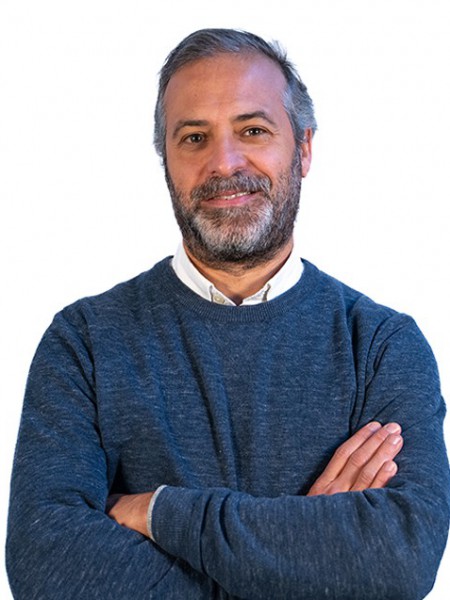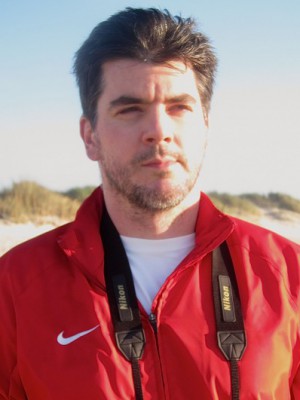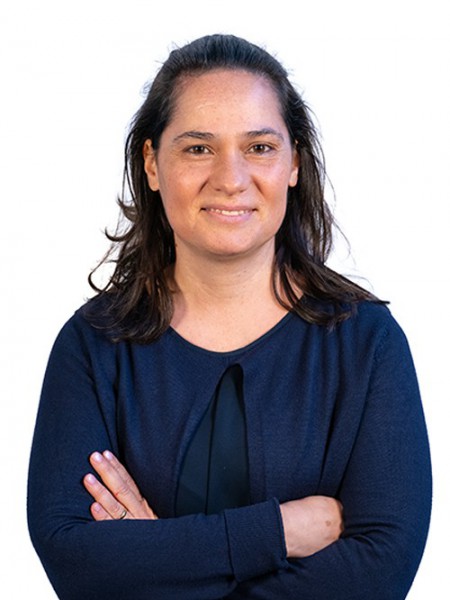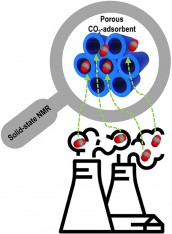resumo
Reaching a historic high of 36.3 gigatonnes in 2021, global CO2 emissions from fossil fuel combustion continue to increase at an alarming rate. CO2 removal technologies are part of the solution to tackle this crucial environmental challenge. Thus, the devel-opment of porous materials for storage and capture of gas mol-ecules (in particular, carbon capture and storage) has attracted great interest both in academic and industrial communities due to its potential in mitigating atmospheric CO2 concentrations. Atomic-scale studies in porous materials are essential to stimulate progress in the design of better CO2-adsorbents by elucidating gas-sorption surface mechanisms. Spectroscopic techniques have the potential to shed light on the structural details of distinct materials' surfaces, including the type of chemical species formed upon CO2 adsorption. Herein, we review the last 5 years of scientific developments wherein solid-state NMR and computational studies have been explored to investigate at the atomic level the structure and molecular dynamics of CO2 species formed at porous surfaces.
palavras-chave
METAL-ORGANIC FRAMEWORK; CARBON-DIOXIDE; CHEMISORBED CO2; HIGH-PRESSURE; CAPTURE; DIFFUSION; CHEMISTRY; TECHNOLOGIES; RELAXATION; SIMULATION
categoria
Chemistry
autores
Pereira, D; Fonseca, R; Marin-Montesinos, I; Sardo, M; Mafra, L
nossos autores
Projectos
CICECO - Aveiro Institute of Materials (UIDB/50011/2020)
CICECO - Aveiro Institute of Materials (UIDP/50011/2020)
Collaboratory for Emerging Technologies, CoLab (EMERGING TECHNOLOGIES)
Other
Capa
Mediaagradecimentos
This work was developed within the scope of the project CICECO-Aveiro Institute of Materials, UIDB/50011/2020 & UIDP/50011/2020, financed by national funds through the Portuguese Foundation for Science and Technology. We also acknowledge funding from project PTDC/QUI-QFI/28747/2017 (GAS2MAT-DNPSENS-POCI-01-0145- FEDER-028) , financed through FCT/MEC and cofinanced by FEDER under the PT2020 Part- nership Agreement. The NMR spectrometers are part of the National NMR Network (PTNMR) and are partially supported by Infrastructure Project 022161 (cofinanced by FEDER through COMPETE 2020, POCI and PORL and FCT through PIDDAC) . This work has received funding from the European Research Council (ERC) under the European Union?s Horizon 2020 research and innovation program (Grant Agreement 865974) . FCT is also acknowledged by MS for an Assistant Research Position (CEECIND/00056/2020) and by DP and RF for a Ph.D. Studentship (UI/BD/151048/2021 and 2022.14522.BD, respectively) .


